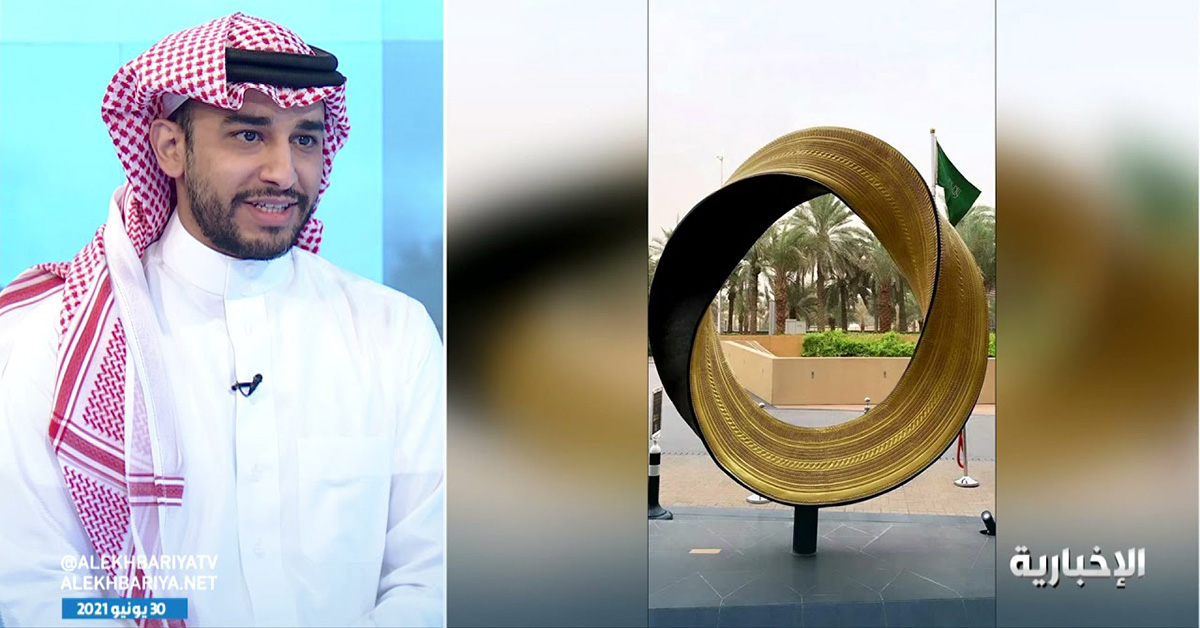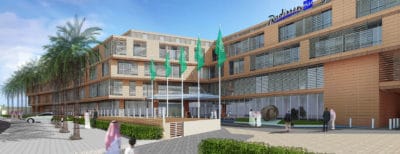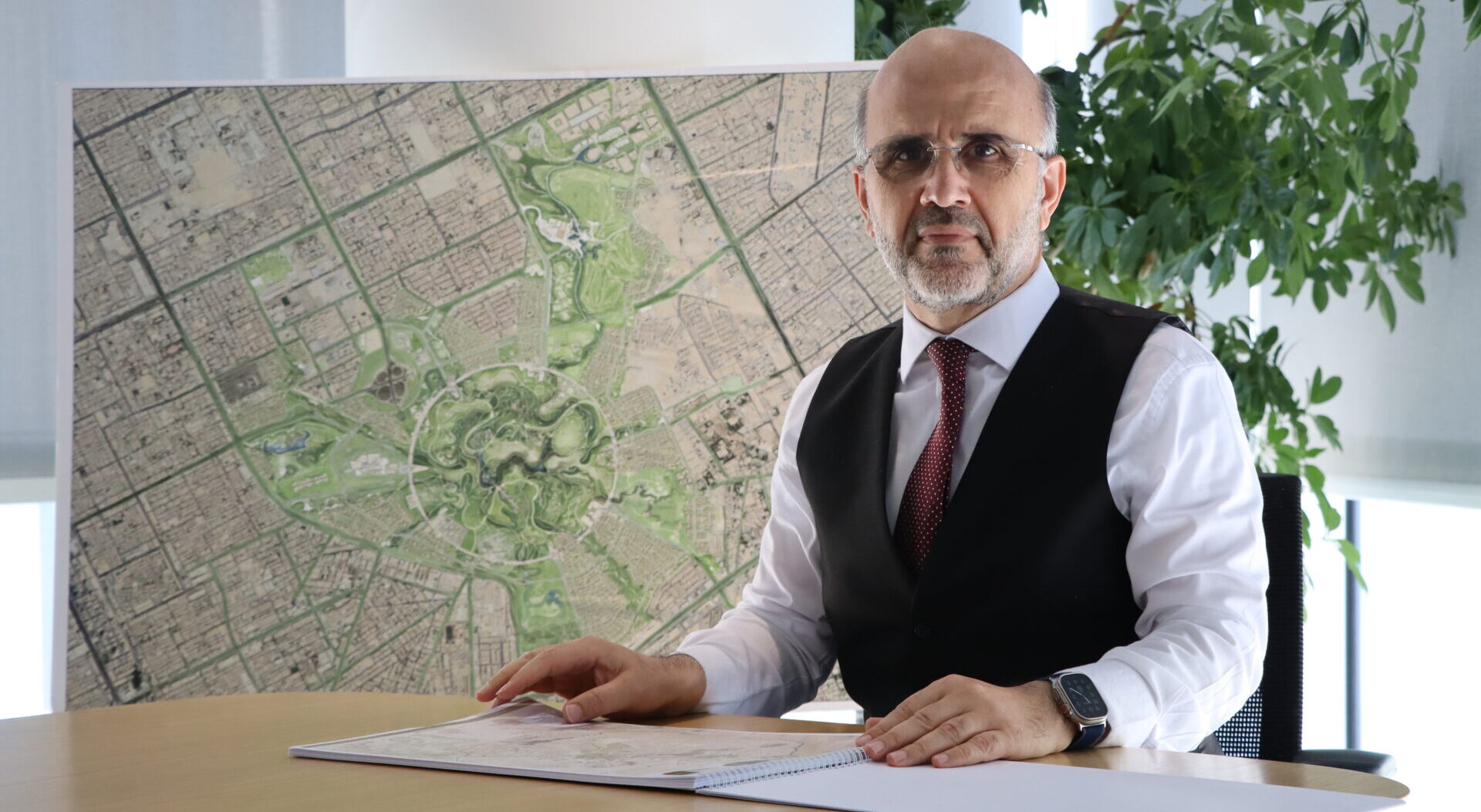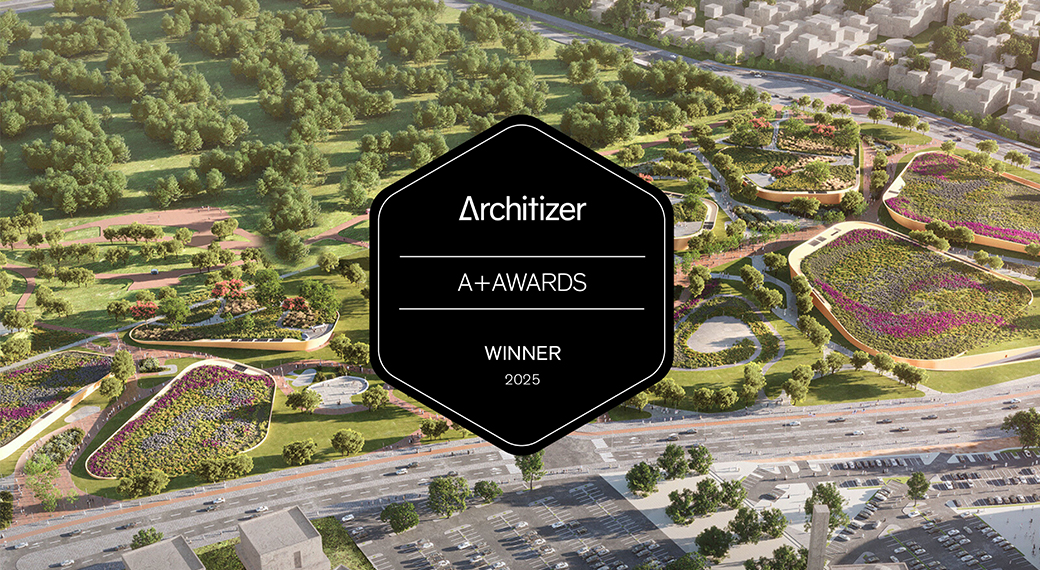 AlEkhbariyah interviews Omrania's architect Meshal Al-Buthie and talks about the design of "Mashlah" artwork.
AlEkhbariyah interviews Omrania's architect Meshal Al-Buthie and talks about the design of "Mashlah" artwork. .
In an exclusive interview with AlEkhbariyah aired by the Saudi Broadcasting Authority (SBA), Omrania architect Omrania-designed Artwork “Mashlah” Featured in Interview on AlEkhbariyahdescribed the company’s design for a unique sculptural installation at the entrance of the Radisson Blu Hotel.
Asked during the interview about the interplay of art and architecture, Meshal explained how Omrania’s design team took inspiration from the concept of infinity and respect for local culture. The art work, titled “Mashlah,” is a freestanding cast bronze sculpture that welcomes guests to the upscale hotel. Omrania was honored to be selected to contribute an artwork alongside the many artists and artisans whose works are featured in the hotel. Omrania also served as design architect of the recently opened hotel, which is located in Riyadh’s Diplomatic Quarter.
As Meshal mentioned, the emphasis on art and culture meshed with the overall architectural vision of a building in harmony with its environment. The hotel and residential development features a number of sustainable design features and innovative building techniques as well as uniquely contemporary interiors.
The textured and patterned metal surface of “Mashlah” evokes the embroidered fabric trim of the mashslah, the traditional men’s cloak also known as mishlah or bisht. This flowing garment has for centuries been associated with Arabia —a fitting metaphor for the warm welcome bestowed on guests as they arrive from outside or inside the Kingdom.
Formally, the design takes the form of a Möbius Strip, which is recognized in mathematics and engineering sciences as a continuous or endless loop. It recalls the embellished textile details of a high-quality mashlah, but with a twist: enlarged to the scale of architecture rather than clothing, the geometrically embellished surface becomes a freestanding sculpture that traces a theoretically infinite loop. Metaphorically, this form signifies the timeless dignity of local culture.
The design development and fabrication of “Mashlah” was facilitated by the use of advanced 3D visualization and modeling software. While paying homage to centuries of fine craftsmanship and culture, the work is contemporary in its expression—exemplifying the synthesis of history and modernity.
























